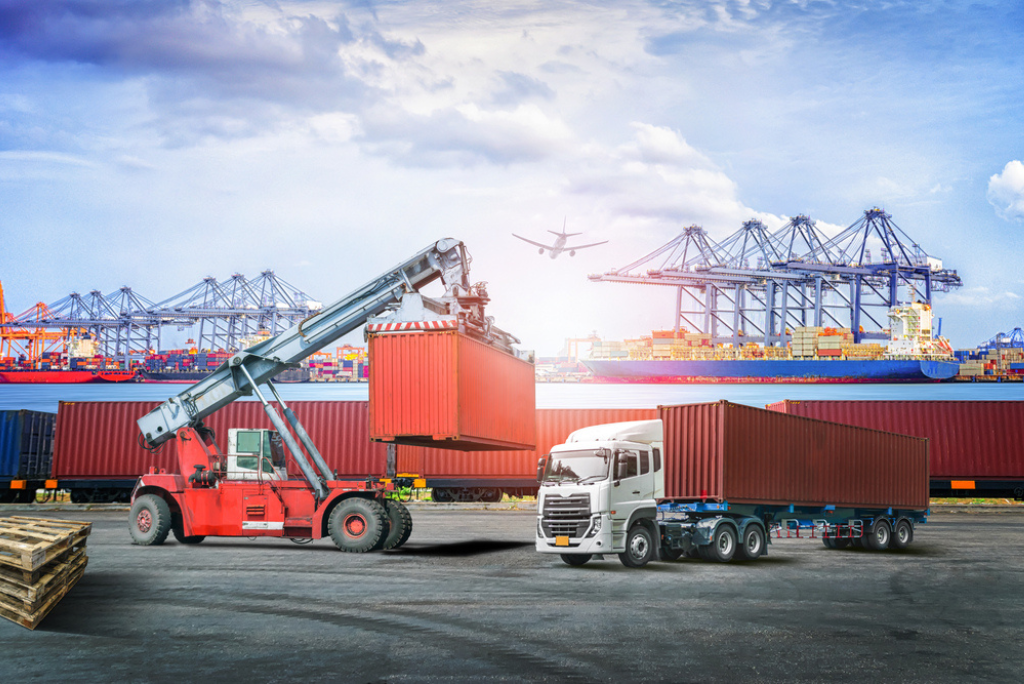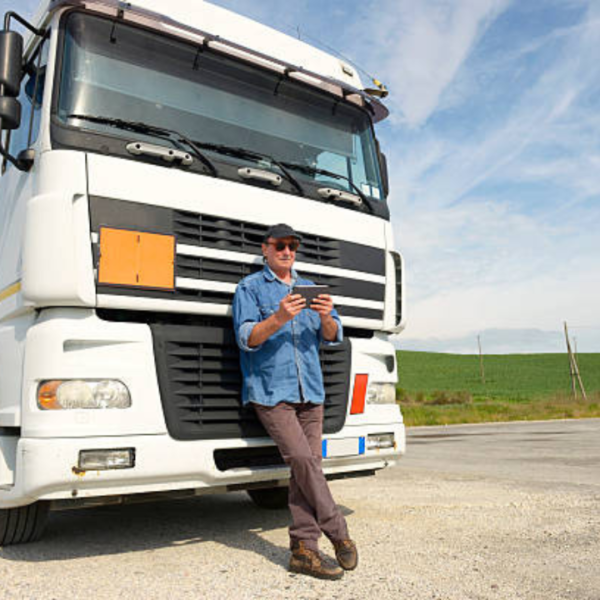You are at the right place at the right time to learn about the way container shipments and the shipping process works. These strong and reusable metal boxes are the spine of global trade. Statistics also speak volumes about it.
More than 90% of world trade was carried-out through oceans in 2020. More than 1.85 billion metric tons of cargo were shipped worldwide. This is multiple times more than what it was in 1980.
These are metal boxes used to hold goods that need transportation through one of the following mediums:
- Vessel
- Truck
- Railways
These metal boxes are usually easy to fill or empty. What is more important is the list of benefits businesses receive with it. Carriage of goods without intermediating reloading is one of those huge benefits.
You are here to learn many more things about this logistics concept. We know it well. Let us begin your learning journey below:
Container Shipments Vs Shipping Containers:
Don’t mistake these two concepts to be the same. Both these concepts are related to each other. But there is a fine line difference between the two.
Freight containers include cargo being transported from one part of the world to another. This cargo is usually shipped using reusable and easy to fill metal boxes along with fixed routes.
Containers reach their final destination only after trucks, trains, and ships transport them from the seaport.
Its Types:
Mentioned below are the two different types of it:
- FCL
- LCL
FCL
FCL stands for Full Container Load. Go for it if you need to ship a container full of goods. It proves to be affordable as compared to the LCL.
What is more important is the quality of product security it offers. Other cargo or shippers cannot cause any damage or contamination as only your items are put in containers.
LCL:
FCL stands for Less Than Full Container Load. businesses use it only for shipping small quantities of goods from one place to another.
We advise you to share the box space with other shippers or cargos to save money. It could be expensive per unit.
But it could be the best option for shipping containers as the quantity of products is lower as compared to the quantity in FCL.
Their Types:
These massive reusable metal boxes are of several types. Therefore, the size you need depends on the size and quantity of products you want to ship from one place to another.
Listed below are their types and sizes for your reference:
Take a look at the types first:
Listed below are their types for your reference:
- Reefer Freight Box.
- Flat Rack Metal Box.
- Pallet-white Container.
- Double Door Boxes.
- Dry Freight Storage Boxes.
- Insulated And Thermal Boxes.
- Open top/Hardtop Boxes.
- High Cube Containers.
- Open Side Storage Boxes/ Side Door Boxes.
- SECU Boxes.
- Ocean Freight Containers.
- Reefer Tank Shipping Containers.
- Swap Body boxes.
- Half body boxes.
- Car Carrier Boxes.
- Intermediate Bulk Shift Containers.
- Special Purpose Containers.
- Drums.
- Cargo Storage Roll Boxes.
- Refrigerated ISO Containers.
Not everything can be taught through a single post. Moreover, the overdose of anything is bad. We suggest you wait for our next post about it for this reason. You will learn many more things about this concept.
Do you need the best container shipments in the world? We are here to exceed your requirements and expectations on every front. Just tell us your budget and needs. Lading Logistics team will surely exceed your expectations and requirements.
Also Read, What Ocean, Rail, Road & Air Shipments Are Doing To Logistics?
FAQs:
What Is The Difference Between Shipping Containers And Container Shipments?
Shipping container includes cargo that is being transported whereas container shipments are boxes that reach their final destination only after trucks, rails, and ships from the seaport.
What Is The Full Form of FCL And LCL?
FCL stands for Full Container Load. LCL stands for Less Than Full Container Load.
How Many Types of Shipping Boxes Are There?
There are two types of shipping boxes. First, FCL (Full Container Load). Second, LCL (Less Than Full Container Load). Both have further subtypes.
What Are The Names of Shipping Boxes Types?
The names of shipping boxes are Reefer Freight Box, Flat Rack Metal Box, Pallet-white Container, Double Door Boxes, Dry Freight Storage Box, Insulated And Thermal Box, Opentop/Hardtop Box, High Cube Containers, Open Side Storage Box/ Side Door Box, SECU Box, Ocean Freight Containers, Reefer Tank Shipping Containers, Swap Body box, Half body box, Car Carrier Box, Intermediate Bulk Shift Contain, Special Purpose Container, Drums, Cargo Storage Roll Box, Refrigerated ISO Container.
How Are Goods Transported From One Place To Another?
Goods are transported from one place to another using multiple mediums. First, Vessels are used for this purpose. Trucks and railways are two more ways used to transport goods from one place to another.



